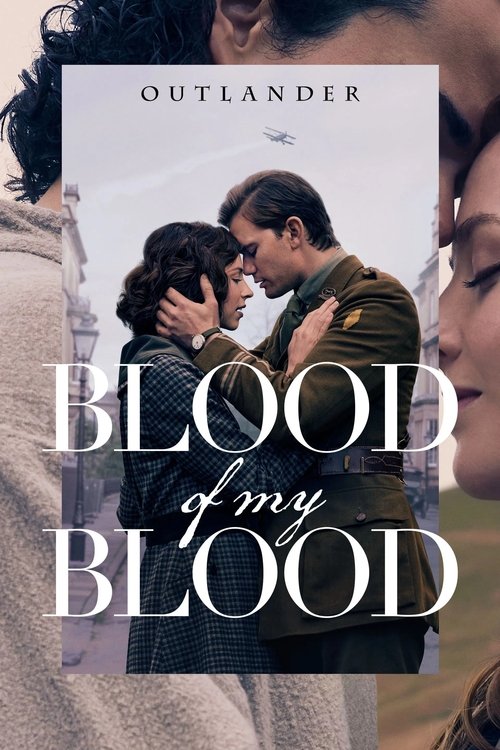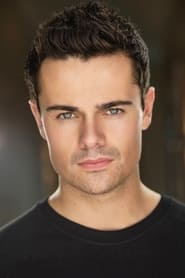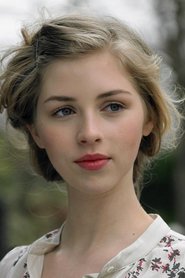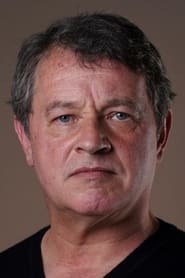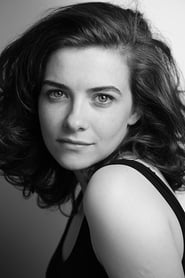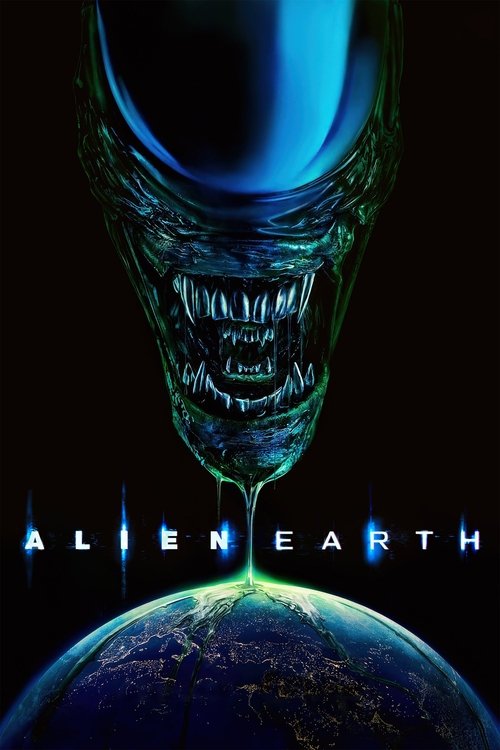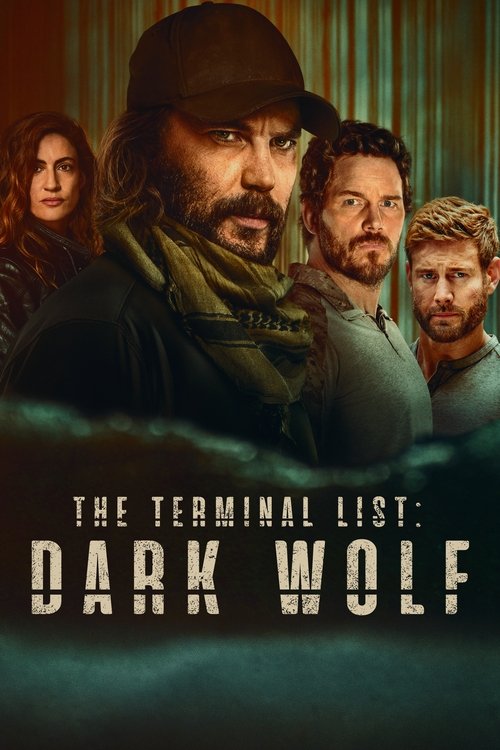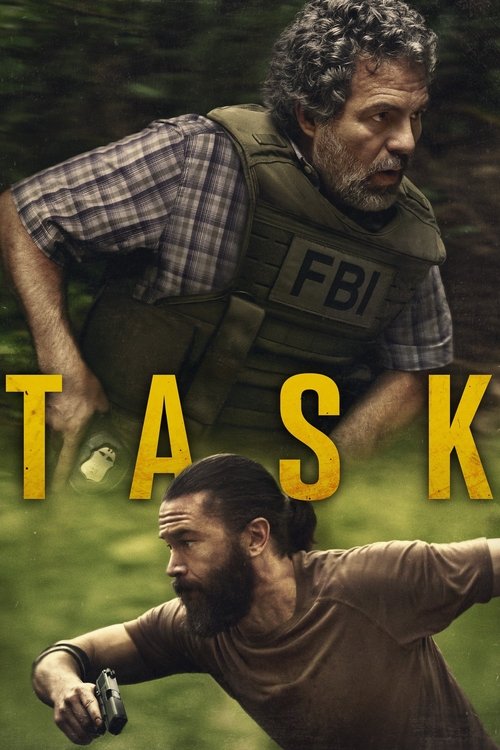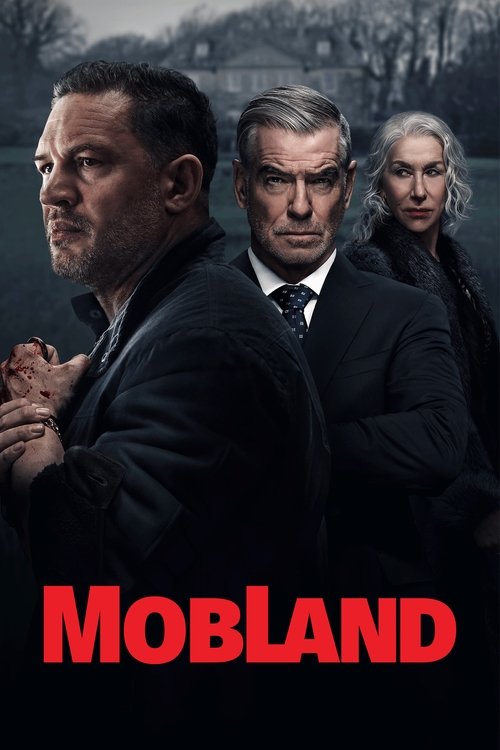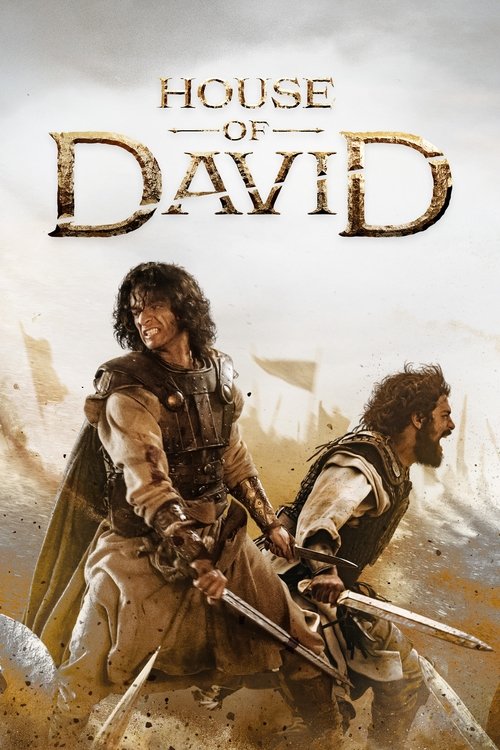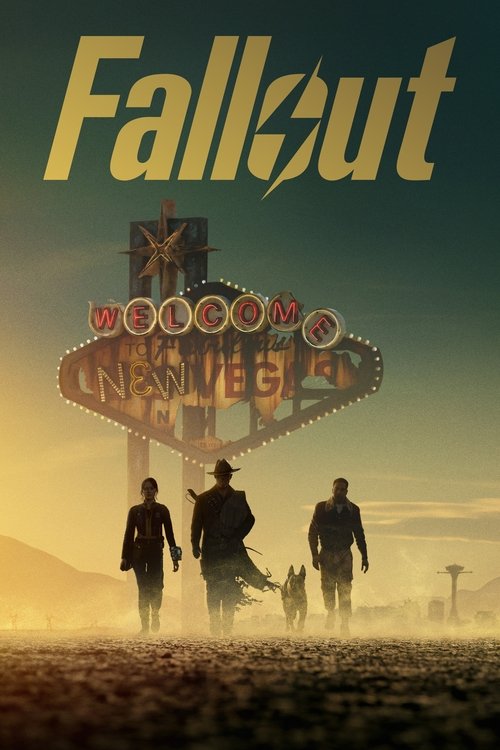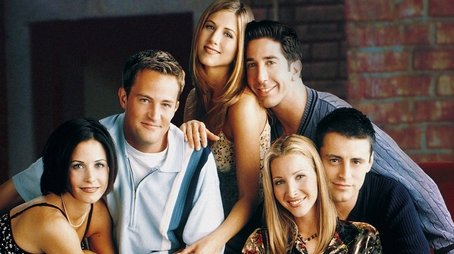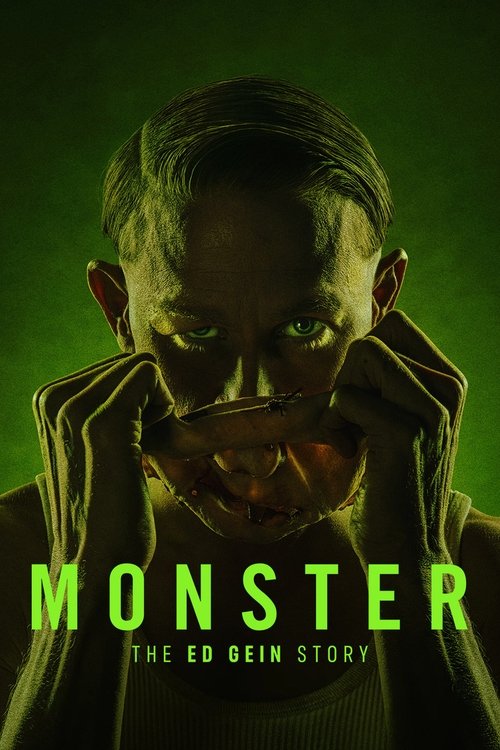
Ask Your Own Question
What is the plot?
The series begins in 1714 Scotland with Ellen MacKenzie mourning the recent death of her father, the Laird of the MacKenzie clan. Her two brothers, Colum and Dougal, are locked in a bitter rivalry over who will succeed their father as the clan leader. This tension sets the stage for political intrigue and family conflict within the clan. Ellen is caught between her brothers' ambitions and the expectations placed upon her as a MacKenzie woman.
Meanwhile, Brian Fraser, a young man from a noble family, struggles under the oppressive presence of his father, Lord Lovat, who is depicted as a lecherous and controlling figure preying on the household staff. Brian's internal conflict and desire for independence are established early, highlighting his difficult family dynamics.
In England during World War I, Julia Moriston, a dedicated war nurse, and Henry Beauchamp, a soldier, develop a deep romantic connection through heartfelt letters while Henry is on the front lines. They marry after the war, but their peaceful life is shattered when they experience a mysterious car crash. This accident transports them back in time to 1714 Scotland, near the mystical site of Craigh na Dun, a place known for its time-travel significance.
Upon arrival in 1714, Julia and Henry are immediately separated. Julia finds herself alone and vulnerable in a foreign time, struggling to navigate the harsh realities of 18th-century Scotland. Henry, on the other hand, faces his own challenges as he tries to survive and find a way back to Julia. Their separation drives much of the tension in the 20th-century timeline, as both characters make key decisions to reunite despite the dangers and obstacles of the past.
Back in 1714 Scotland, Ellen MacKenzie and Brian Fraser's paths cross amid the clan conflicts. Their initial encounters are marked by suspicion and the weight of their respective family loyalties. However, as they spend more time together, a forbidden romance begins to blossom between them, complicated by the ongoing power struggle between Colum and Dougal and Brian's fraught relationship with his father.
The series details several confrontations and political maneuvers within the MacKenzie clan. Colum and Dougal engage in strategic discussions and occasional violent confrontations to assert dominance. Ellen is often caught in the middle, forced to make difficult choices that affect her family's future and her own desires.
Brian Fraser's storyline includes a significant confrontation with his father, Lord Lovat. Brian stands up to his father's abusive behavior, which marks a turning point in his character development and his determination to forge his own path. This confrontation is depicted with careful attention to the emotional and physical dynamics between the two men.
Julia and Henry's 20th-century storyline intersects with the 18th-century timeline through the mysterious time travel element. Julia discovers clues about the MacKenzie clan and the significance of Craigh na Dun, which fuels her determination to find Henry and return to their own time. Henry, meanwhile, becomes involved with local Scots and learns about the political tensions, which complicates his efforts to reunite with Julia.
The season progresses with Ellen and Brian's relationship deepening despite the dangers posed by their families and the clan rivalries. They share moments of tenderness and conflict, each decision they make carrying significant consequences for their futures. Ellen's loyalty to her family and Brian's desire for freedom create ongoing tension.
In the climax of the season, a major confrontation occurs between Colum and Dougal, with Ellen and Brian caught in the middle. The fight is detailed step-by-step, showing the strategic moves, the physical struggle, and the emotional stakes for all involved. This confrontation leads to a resolution of the clan leadership dispute, but not without lasting repercussions for the characters.
Simultaneously, Julia and Henry manage to reunite after a series of perilous events, including evading hostile locals and navigating the dangers of 18th-century Scotland. Their reunion is emotional and fraught with the urgency of finding a way back to their own time. They discover that the time travel phenomenon is linked to Craigh na Dun, and they begin to explore how to use it to return to the 20th century.
The season ends with Ellen and Brian solidifying their commitment to each other despite the uncertain future, and Julia and Henry preparing for a final attempt to return to their own time. The intertwined stories of love, family loyalty, and time travel set the stage for the next season's developments.
What is the ending?
The ending of Outlander: Blood of My Blood Season 1 concludes with Brian Fraser and Ellen MacKenzie solidifying their love through a handfasting ceremony in an abandoned chapel, where they vow themselves to each other and consummate their relationship. Meanwhile, the other main couple, Julia Moriston and Henry Beauchamp, face their own challenges across time, with their love sustained through letters during World War I. The season closes on these intertwined love stories, emphasizing commitment and the defiance of external forces seeking to separate them.
Expanding on the ending in a detailed, scene-by-scene narrative:
The final episode opens with Brian Fraser and Ellen MacKenzie escaping the pressures and dangers surrounding their families and social expectations. They find refuge in a secluded, abandoned chapel nestled in the Scottish Highlands. The atmosphere is quiet and sacred, with soft golden light filtering through the stained glass, casting colorful patterns on the mossy stone floor. Here, Brian and Ellen perform a traditional handfasting ceremony, binding their hands with a strip of torn tartan cloth. They solemnly recite their vows, pledging themselves as "blood of my blood, bone of my bone," a phrase rich with cultural and emotional significance, symbolizing their deep connection and commitment.
Following the ceremony, the couple consummates their union on the moss-covered floor of the chapel. The scene is intimate and passionate, bathed in the warm glow of the fading daylight. Their physical connection is portrayed with a blend of tenderness and intensity, capturing the profound emotional release and joy they share. Brian expresses awe and reverence as he touches Ellen for the first time, and Ellen's whispered invitation, "Ruin me," encapsulates the depth of their desire and trust.
Afterward, in the quiet aftermath, Brian opens up about his past struggles, revealing that he left his family the previous year to escape his father's harshness. He recounts his pilgrimage along the Way of St. James to Spain, a journey of self-discovery and acceptance. Despite having made peace with his social station, being with Ellen inspires him to aspire to more, to be worthy of her love. Ellen reassures him that his worthiness is already proven by her choice to bind herself to him through their handfasting. She asserts her agency, emphasizing that their union is her decision, not one imposed by family or tradition.
Meanwhile, the narrative also touches on Julia Moriston and Henry Beauchamp, whose love story unfolds during World War I. Though physically separated by the war, their bond endures through heartfelt letters exchanged between the front lines and London. Julia works in a censorship office, navigating the challenges of wartime, while Henry faces the brutal realities of combat. Their correspondence reveals their emotional resilience and commitment, underscoring the theme of love transcending time and hardship.
The season closes with a sense of hopeful continuity, as both couples--Brian and Ellen in the 18th century Highlands, Julia and Henry in early 20th century England--stand united against the forces that threaten to divide them. Brian and Ellen's fate is to begin their life together, bound by love and mutual respect, while Julia and Henry's story remains open, sustained by their enduring connection despite the war's uncertainties.
In summary, the main characters at the end are:
- Brian Fraser and Ellen MacKenzie: United through handfasting and consummation, beginning their life as a committed couple in the Highlands.
- Julia Moriston and Henry Beauchamp: Separated by war but emotionally connected through letters, their love story continuing amid the turmoil of World War I.
This ending highlights themes of love's endurance, personal choice in the face of societal pressures, and the intertwining of fate and free will across generations.
Is there a post-credit scene?
The TV show Outlander: Blood of My Blood Season 1 (2025) does have a post-credit scene. The scene is titled "I Almost Lost It" and is part of the double-episode opening, which explores the backstories of Jamie Fraser's parents and Claire Beauchamp's parents. This post-credit scene adds depth to the narrative by highlighting emotional moments and character development, particularly focusing on the complex relationships and time travel elements involving Claire's parents during World War I.
This scene helps set up ongoing storylines, including the fate of Julia and Henry (Claire's parents), who are shown to have been thrown back in time by the mystical stones at Craigh na Dun, altering the original franchise canon. The post-credit scene thus serves as a bridge to future episodes and deepens the intrigue around the time travel aspect of the series.
Who are the main characters involved in the clan leadership conflict in Outlander: Blood of My Blood Season 1?
The main characters involved in the clan leadership conflict are Ellen MacKenzie and her brothers, Dougal and Colum. After the death of their father, Jacob MacKenzie, who never named a successor, Dougal and Colum vie for the lairdship of Clan MacKenzie, while Ellen faces pressure regarding her future and potential marriage.
What is the nature of the relationship between Ellen MacKenzie and Brian Fraser in the series?
Ellen MacKenzie and Brian Fraser share a romantic relationship that develops amidst clan tensions. Ellen is portrayed as the favored daughter of Jacob MacKenzie, and she and Brian steal away to seal their union in secret. Their relationship causes emotional conflict, especially involving Murtagh, who also has feelings for Ellen.
How does Murtagh's character fit into the love dynamics in Season 1?
Murtagh is a close friend of Brian Fraser and also harbors romantic feelings for Ellen MacKenzie. His unrequited love leads to emotional turmoil, including a drunken confrontation and a vulnerable moment with Jocasta, who tries to comfort him. Murtagh's struggle highlights the complex interpersonal relationships within the clan.
What role does Jocasta play in the story during the early episodes?
Jocasta is a married woman who interacts with Murtagh by joining a troupe of dancers under the pretense of being a maiden. She bargains with Ellen MacKenzie for mutual discretion regarding their activities and later attempts to nurse a wounded and emotionally troubled Murtagh, showing her compassionate and strategic nature.
How are Claire Beauchamp's parents involved in the storyline of Outlander: Blood of My Blood Season 1?
Claire Beauchamp's parents, Julia Moriston and Henry Beauchamp, are depicted in World War I England. They get married and are then mysteriously transported back in time to 18th century Scotland, intersecting with the timeline of Jamie Fraser's parents. Their separation and efforts to reunite add a time travel element to the narrative.
Is this family friendly?
Outlander: Blood of My Blood, Season 1 (2025), is not generally considered family friendly for children or sensitive viewers. The series, like its predecessor Outlander, contains mature themes and scenes that may be objectionable or upsetting to younger audiences or those sensitive to certain content.
Potentially upsetting or objectionable aspects include:
- Violence and conflict: The show depicts clan tensions and historical conflicts, which involve physical fights and some violent scenes.
- Romantic and intimate scenes: As a romantic drama, it includes scenes of a sexual nature and adult relationships that are explicit or suggestive.
- Emotional intensity: The story explores deep emotional struggles, sadness, and complex family dynamics that may be intense for sensitive viewers.
- Historical hardships: The series portrays the harsh realities of the time period, including social pressures and personal sacrifices.
These elements are presented with a mature tone consistent with the Outlander franchise, focusing on love, loyalty, and human struggles in a historical setting. The show is best suited for adult audiences familiar with the original Outlander series or those comfortable with mature historical drama content.

